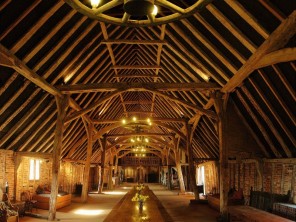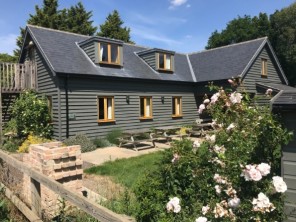Walking or cycling holiday in the Wool Towns of Suffolk
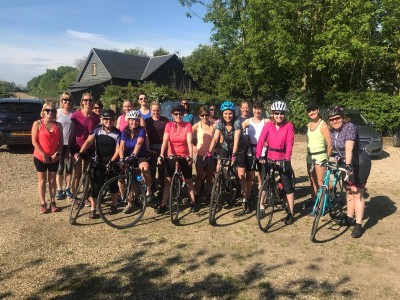
Have you ever been to – or through –Suffolk? The answer might be ‘yes, but just to the coast’ or as far as Flatford Mill on the River Stour (border country between Suffolk and Essex, made famous by Constable’s Haywain picture). More often the response is ‘no’ because it is simply not en route to anywhere other than Norfolk, and most people go there the quick way via Cambridgeshire!
Those who have not ventured into the southern heartland of ancient Suffolk have not yet visited the wonderful so-called Wool ‘Towns’. These towns and villages with their magnificent 15th century timber-framed buildings and churches were built on the early success of the wool trade – and when the trade’s prosperity nose-dived, they never really replaced their cloth industry which left a legacy of little altered architecture today amidst the undulating rural South Suffolk landscape. These still rural, small, towns include the completely glorious Lavenham and Long Melford, Hadleigh, Sudbury and small villages including Kersey, Monks Eleigh, Brent Eleigh, Boxford, Nayland and Stoke-by-Nayland. A holiday based in this very rural area will provide days of gentle walking or cycling circular routes between these settlements in the ancient Suffolk countryside. Here you can soak up 15th century architecture with ancient countryside – and feast in village pubs or picnic in valleys with views, ancient woods, small hedged fields and nature reserves.
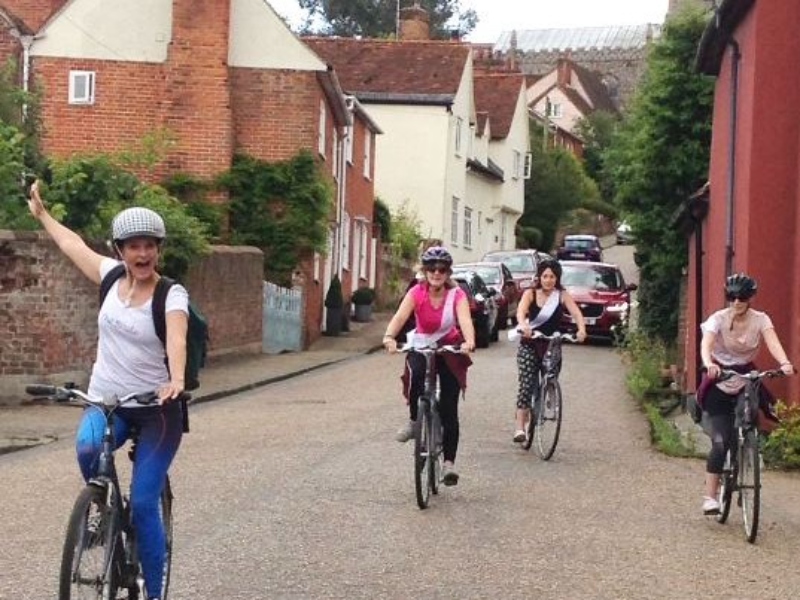
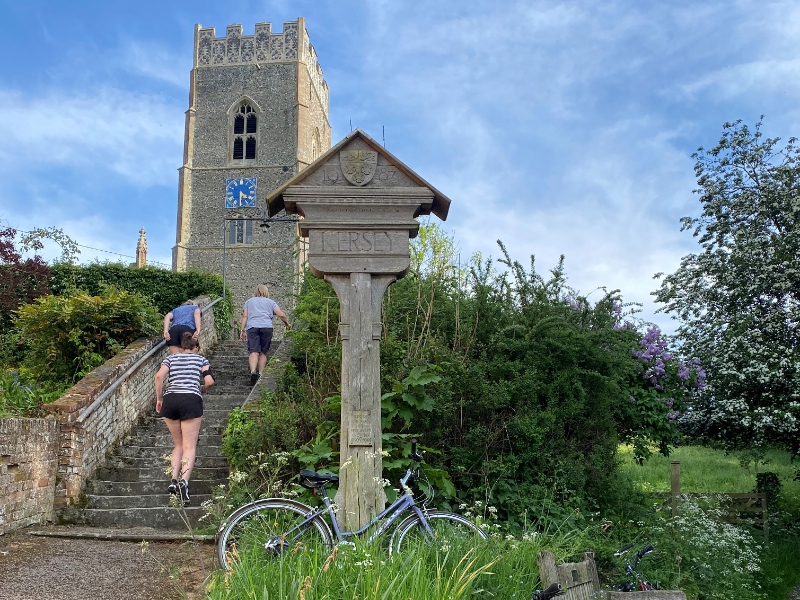
Wool became the backbone and driving force of the medieval English economy from the late 13th- late 15th century - the wool trade was considered the jewel in the realm. As the South Suffolk towns grew in wealth made from heavy woollen cloth production, the merchants built fine houses, grand guildhalls, and enormous churches. In Henry VIII’s day Lavenham was thought to be the fourteenth richest town in England, made famous in the 1400s by the specialist woad-dyed blue broadcloth made there. However, a combination of factors in the 1500s, including wars and a change in demand for lighter cloth, meant that woollen cloth production pretty much died out by the end of the 16th century and these previously gloriously wealthy Wool Towns and villages became some of the country’s poorest. The wealth in Lavenham and the local villages, whose populations contributed to every part of the cloth production, declined and time stood still for much of the ancient architecture. The cloth industry has hugely influenced what the Wool Towns looks like today - very little altered from the 15th century. Today you can walk footpaths along the Brett Valley and disused railway line, or cycle the quiet country lanes that link these villages, discovering these unspoilt, historic gems along the way where higgledy-piggledy oak-studded houses line narrow streets in a hotch-potch of pink, bull’s blood and yellow.
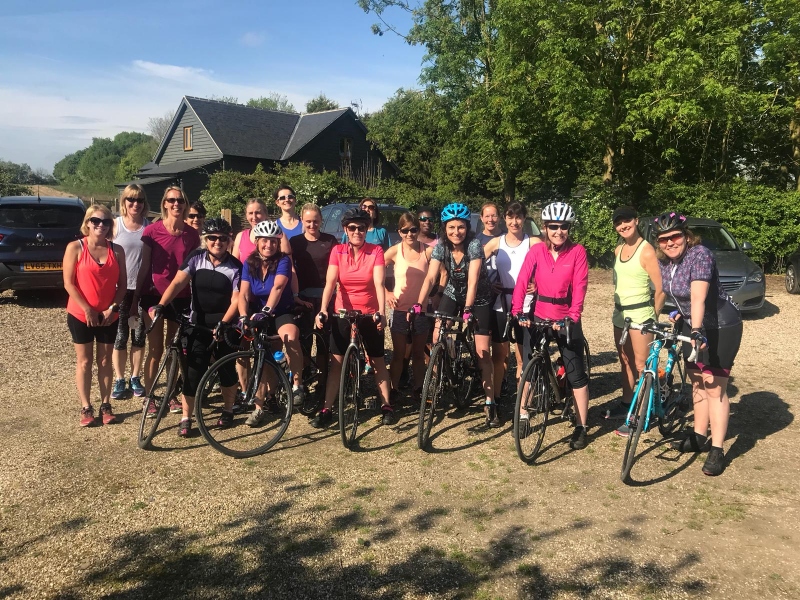
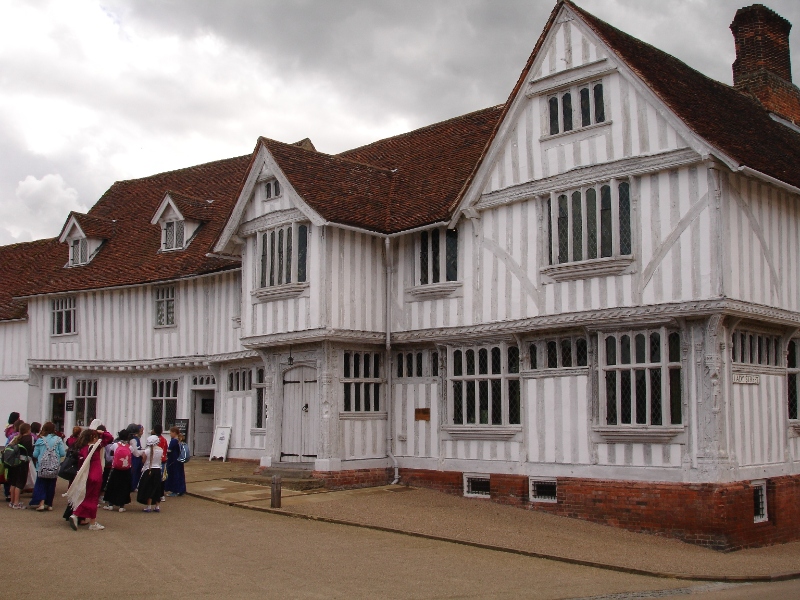
Walking groups looking around for a new part of the UK to take their annual walking holiday, or cyclists planning something different for their annual cycle tours, would do well to investigate booking somewhere central in Suffolk’s Wool Town area, staying put in one place, and sallying forth on foot or bike exploring this gorgeous, very rural, yet accessible part of Suffolk. Two self-catering, farm stay properties provide perfect and quite complementary options for large groups to stay very comfortably and smaller b&bs provide for the couple on a tandem.
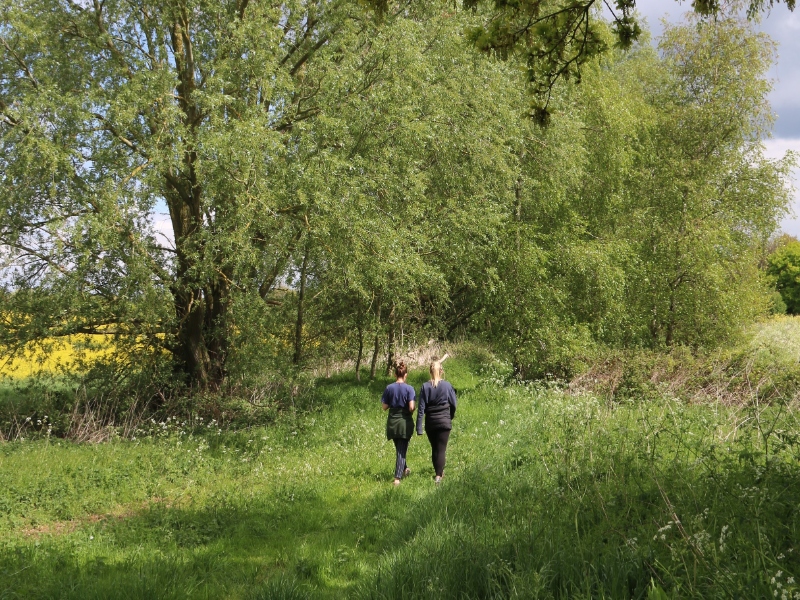
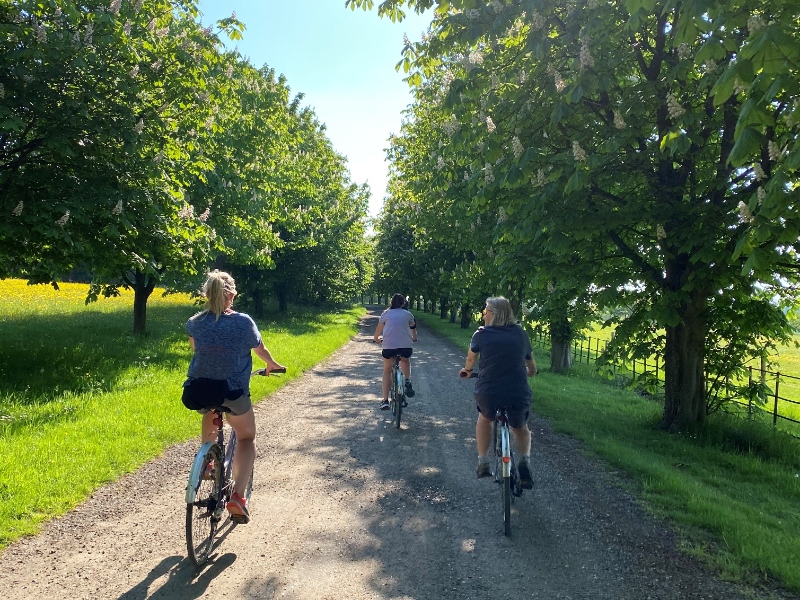
The Grade II* listed Tudor Barn (sleeps 23) and the Old Brooder Bunkhouse (sleeps 22), and overflow accommodation sometimes available in the adjacent Hall farmhouse, provide very good value accommodation (especially so midweek) on an environmentally friendly farm in the tiny village of Milden overlooking the Brett Valley and within walking and cycling reach of these wonderful Wool Towns. The owners of these large group, sole use, properties have maps, laminated circular walking and cycle routes to borrow and an incredible fleet of 45 adult road bikes to borrow if you can’t bring your own! And they have even created a Wool Town Bike Trail quiz which provides a bit of fun for the slightly less serious cyclists who like to slow down and search for dates amongst graveyards, work out a riddle about a pub or pen a prize-winning poem, before having lunch or a locally brewed beer in a pub – or coffee and cake at the cyclists’ Café Como in Brent Eleigh, a welcome stop for those in cycling lycra or walking the Lavenham loop. For those wanting a nice massage after a long walk or bike ride, the Weavers Spa in Lavenham might be the perfect reward to a long day before heading out to one of several pubs and tea rooms in the village – or supper at Number Ten Wine Bar & Kitchen. For those with their National Trust members’ card, a bowl of soup and a whizz around Lavenham Guildhall or a visit to Long Melford Hall is a bonus along the way. If you time your visit right, there may be a historic Tudor re-enactment at Kentwell Hall in Long Melford and, if you can while away a rain shower in an antique centre in Lavenham or Long Melford - and come away with a Christmas present you didn’t know you needed!

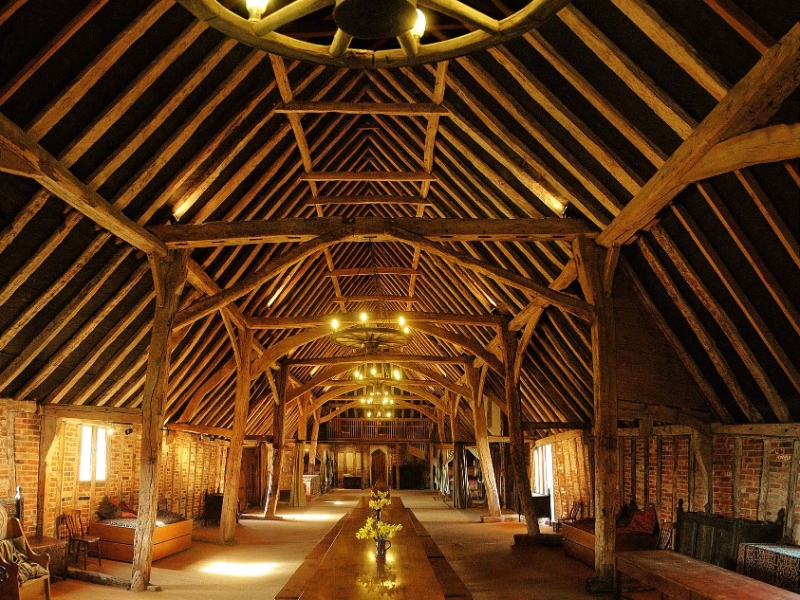
Whilst both the large group accommodation options at Milden Hall are wonderfully rural, they are very accessible from London and the North - and if you come by bicycle or train, the owners give you some low food mile, home-grown sausages as a reward! Alternatively, and maybe more realistically for most guests, you can get there by train from Liverpool Street to Sudbury (10 minutes away) or a train to Bury St Edmunds (25 minutes by bus). Several long-distance Sustrans national cycle network routes pass through or past the Wool Towns - the Shetland Isles to Dover route, the Fakenham to Harwich route, and the London Tower Bridge to Dereham route. For serious cyclists, once in the area, you can do the 69-mile Painters' Trail and several shorter 7-12 mile routes around the beautiful Stour Valley Area of Outstanding Natural Beauty.
So if you need some inspiration whilst planning your walking or cycling group’s next holiday together, consider the Suffolk Wool Towns for something completely different.
Written by Juliet Hawkins, the owner of two fabulous One Off Places, The Tudor Barn (sleeps 23) and The Old Brooder (sleeps 22).

